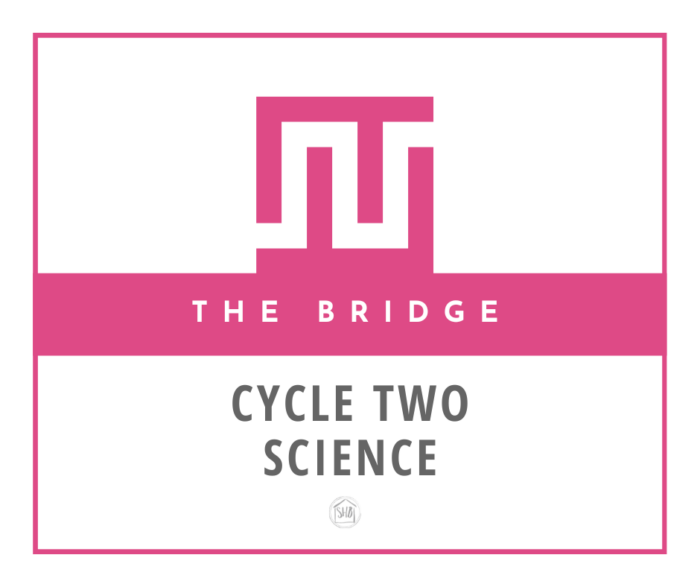
At the outset of this grand Bridge idea I had, I thought science would be the hardest piece to figure out. And I was right. I am not by nature a scientific thinker – give me history and language any day.
But having read the science selections from the early years of Ambleside Online with my kids (some a number of times), I have fallen in love with science as a story, science as history, and science as a tool for good thinking. The inquiry which happens in our homeschool as a result of our readings is a treasured part of our learning.
So, this science piece was difficult to figure out last year. However, I watched as God’s superintended over our homeschool, giving us ample opportunity to explore science in light of Scripture. This year is not as apologetic in nature as it was last year. However, I am super excited to share these books with my kids.
This post may include affiliate links. If you click and make a purchase based on my recommendation, I get a small remuneration at no extra expense to you. I only recommend things I use and believe to be a blessing.
The Bridge Between CC and CM
In case this is your first time hearing about this Bridge, let me fill you in on some quick details about what is going on here.
- Our homeschool is what I would call Classical with Charlotte Mason influences. I am not slavish about any of the curricula or resources I use because the last time I checked none of them actually teach my kids. {Well, besides Saxon Math; I had a little something to do in the early years. Even then Saxon is not my master.}
- I love the two approaches and have used them in our Early Elementary years. But I noticed they will not always be compatible. It’s not their methods – because I believe them to be more alike than they are different – but their workloads.
- The upper elementary years of both Classical Conversations and Charlotte Mason (we use Ambleside Online) are jump years. Fourth grade is when students in CC enter Essentials – with a heavier workload. Year 4 is when CM/AO students’ workloads become heavier – Plutarch, Shakespeare, Latin, etc. The student is stretched, no matter which way the parent leans.
- By seventh grade/Year 7, the divide is so great between these two programs in terms of workload a choice must be made.
I want to be there for my kid, bridging that gap for as long as possible. There will be a day when we will be left on one side of the river. The idea is for us to make as many journeys across the waters, using the tools afforded by both sides, so the tools remain.
Also, I can’t quite bring myself to burden my student with such onerous work in upper elementary. There are plenty of years for 7-hour school days ahead. Now, I want to continue to feed my kids good living books, while building a solid foundation for their future educational pursuits.
Oh, and I am not doing any of this stuff perfectly. It should go without saying in a science post that this is all a grand experiment – and we are imperfect scientists.
What We Have Done in Early Elementary with CC and CM
If you have been following along with either Classical Conversations or Ambleside Online in the early elementary years, you have likely discovered just how easy it is to incorporate the science selections of Ambleside into CC.
I believe Classical Conversations shines in science. In the early years, I believe the biggest hurdle to “doing science” is doing science experiments. CC has had my back for all of the Foundations years, giving my kids experiments each week – sometimes 2 – to help train them in the scientific method, to prime them to ask “why” and “how” questions, and to fill them with a sense of wonder.
I’m not trying to be coy – I have learned SO MUCH in our Classical Conversations Foundations community day experiments! We would have never gotten around to those at home. Believe me, I know myself!
Where CC shines in science experiments and discovery, Ambleside Online shines in nature study and literature-based science learning. We have absolutely LOVED all of the books in Years 1-4. My kids have learned about various animals and their behaviors. They have discovered the elasticity and other wonders of water! And they have learned the Secrets of Everyday things. Uncle Paul is a favorite around here!
Why Not Keep this Two-Pronged Approach?
As I mentioned, the Science piece of our homeschool has left absolutely nothing to be desired. We have read some amazing books in the past 5 years and we will continue to have science experiments each week at CC! This seems to work so well, you might be wondering why I would get off of the two-conductor train I have constructed for myself.
As I started to look ahead to the Challenge or middle school and high school years, I wanted to figure out a way to be learning science concepts taught in Classical Conversations in a more immersive way. When we read about something in science, I want there to be lots more connections, lots more of the, “Oh, we know about that!” moments.
Would there still be connections to be made? Yes, absolutely! I have seen it too many times to think otherwise. However, I started dreaming of a sort of fully immersive curriculum. When CC was introducing geology and zoology in Cycle 1, I wanted to be reading CM/AO-inspired living books to my kids focused on those topics. Then when CC moves into astronomy and physics, I wanted to be able to dive into the living books in those areas, too.
I also started thinking about laying a foundation for the Challenge years a bit, too. More on that in the selections.
With a bit of reworking and compromise, I felt I could structure a Bridge between the two choices of CC and CM.
How the Bridge Works
So, as I said, I am looking to create this Bridge for the upper elementary years. Classical Conversations calls these years the Essentials years. Ambleside Online calls these Years 4 through 6. The idea is for my students to start the Bridge in their first year of upper elementary. No matter which Classical Conversations cycle we are going through, the books and resources will be the same. I have selected books from all three of the AO years (4-6) and some other books from years 3, 3.5, and 7.
Thus, some of the books for a fourth-grader entering the Bridge will be “stretching” books. What stretches the fourth-grader will be appropriate books for the fifth-graders and sixth-graders going through the Bridge that same year. Regardless of the age-grade level of the books, there will be fewer books per term and per year than Ambleside Online would have. Where AO would recommend upwards of 7 history textbooks for a year plus geography and biography, and 4 novels plus other literature, I am only scheduling one or two books in each of those categories per term. This year, the science selections are actually expanded beyond what AO would typically do in a year because the books I chose are lighter reads – this is where independence in science will set in a bit more.
I am going to only refer to the cycle number of Classical Conversations in naming the elements of the Bridge. This program is intended for 4th-6th graders. The only thing that changes each year is the cycle.
The Bridge – Science Cycle Two
I feel like there has been a LOT of prefatory remarks about this Bridge. Keep in mind I am trying to answer all the questions which come into my head. However, I am sure others will have more questions. Please ask away!
If you are like me and want to read even more, I’ve got you! Here are the other articles I have written specific to the Bridge:
- Combining Classical Conversations & Charlotte Mason in Upper Elementary
- Charlotte Mason in our Classical Homeschool
- The Bridge – Cycle Two History
- The Bridge – Cycle Two Literature
So without further ado, here’s how I am breaking down science for Cycle Two.
Terms
There will be three terms per year, set up as 12-week terms. Whereas in Cycle One, the entire year had a “spine” book – The Genesis Flood; Cycle Two has a wide selection of shorter reads. There is a deep dive into land biomes. Then there is a deep dive into astronomers. Lastly, we explore basic concepts of physics.
As you likely know, CC’s memory work for science usually includes 4 major sciences in each cycle. For Cycle 2 the topics are biomes – environmental science, the universe, and physics (with a little thermodynamics thrown in). It is so widespread! Those pegs are very widely spaced.
I wanted to explore these topics with my kids, but I wanted to give them some sense of continuity. Thus, I chose sets of shorter books from two authors.
We brought in some of the research strand of the Challenge years with the biographies of the astronomers, too. I wanted to give my students rich biographies of the scientists behind the concepts we are looking at in Cycle 2 of Classical Conversations. Through those biographies, my students will learn who discovered the “pegs” of the memory work. However, I am not looking for a picture-perfect match-up. Rather I am looking to immerse my students in a rich, multi-faceted exploration of scientific concepts.
Books
I know you have read a lot to get here! Stop the scroll, here are the selections:
- A Walk in… Books by Rebecca L. Johnson (she also has a series for aquatic biomes, the A Journey Into… books
- The Great Astronomers by Robert Ball
- Secrets of the Universe series by Paul Fleisher – this series includes:
- Waves
- Liquids and Gases
- Matter and Energy
- Objects in Motion
- Relativity and Quantum Mechanics – this one will likely be saved for another year
The Schedule for Science for Cycle Two
I am still working on putting all this into a printable schedule for you. Instead of releasing the schedules individually, I will be creating an overall master schedule similar to the ones you will find in AO.
Since the history for Cycle Two of the Bridge informs the literature selections, some of the information will be introduced in the history books and then will be seen again later in the literature selections. I view this as a feature, not a glitch. In our homeschool experience, my kids like to “remember” things. They like to see things they vaguely remember and then suddenly hear one tiny detail which unlocks the entire store of the memory they have.
This is what I am looking for in the Bridge – for my kids to see the connections through exposure and immersion.
Following the Bridge
Are you interested in hearing more about this Bridge? You can get updates and extras when you sign up to get my emails. I have a specific email list for you. Here’s the sign up.
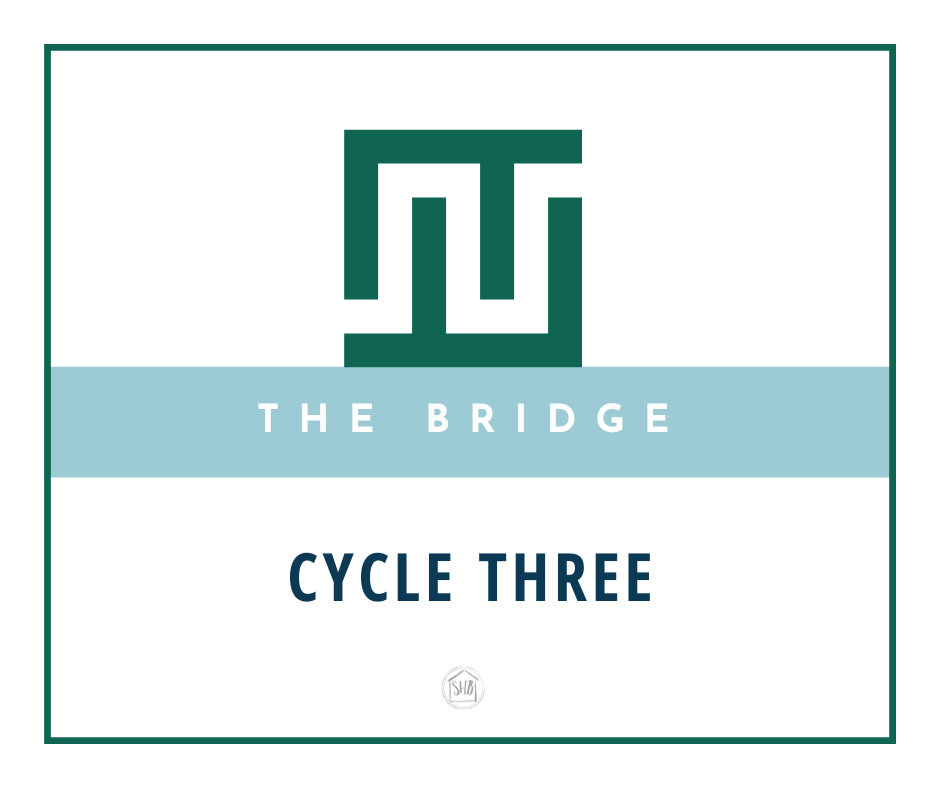
Looking to continue navigating the paths between Charlotte Mason and Classical philosophies in the upper elementary years? Please sign up here. If you are already a subscriber, it will NOT double-subscribe you.

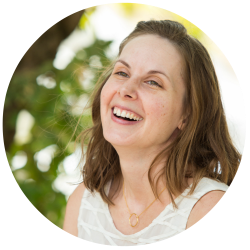


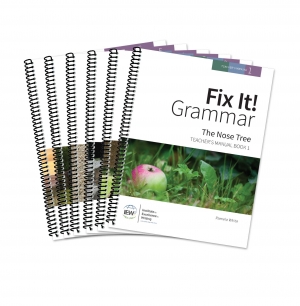
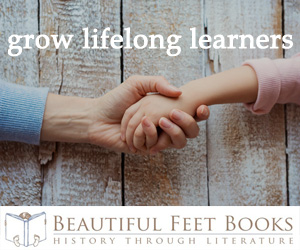
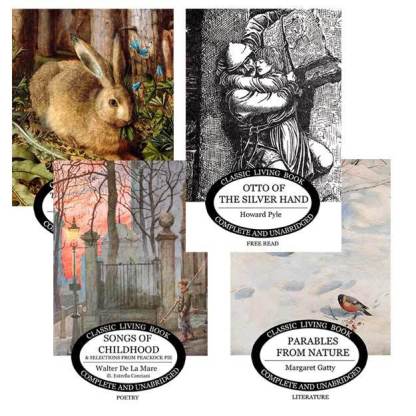
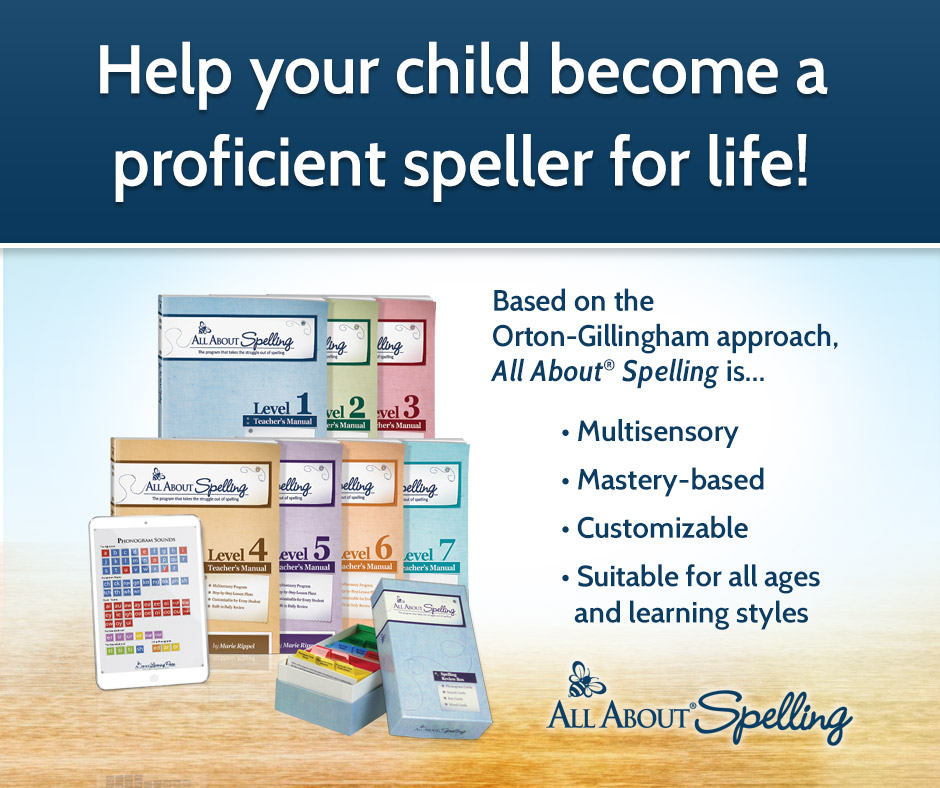


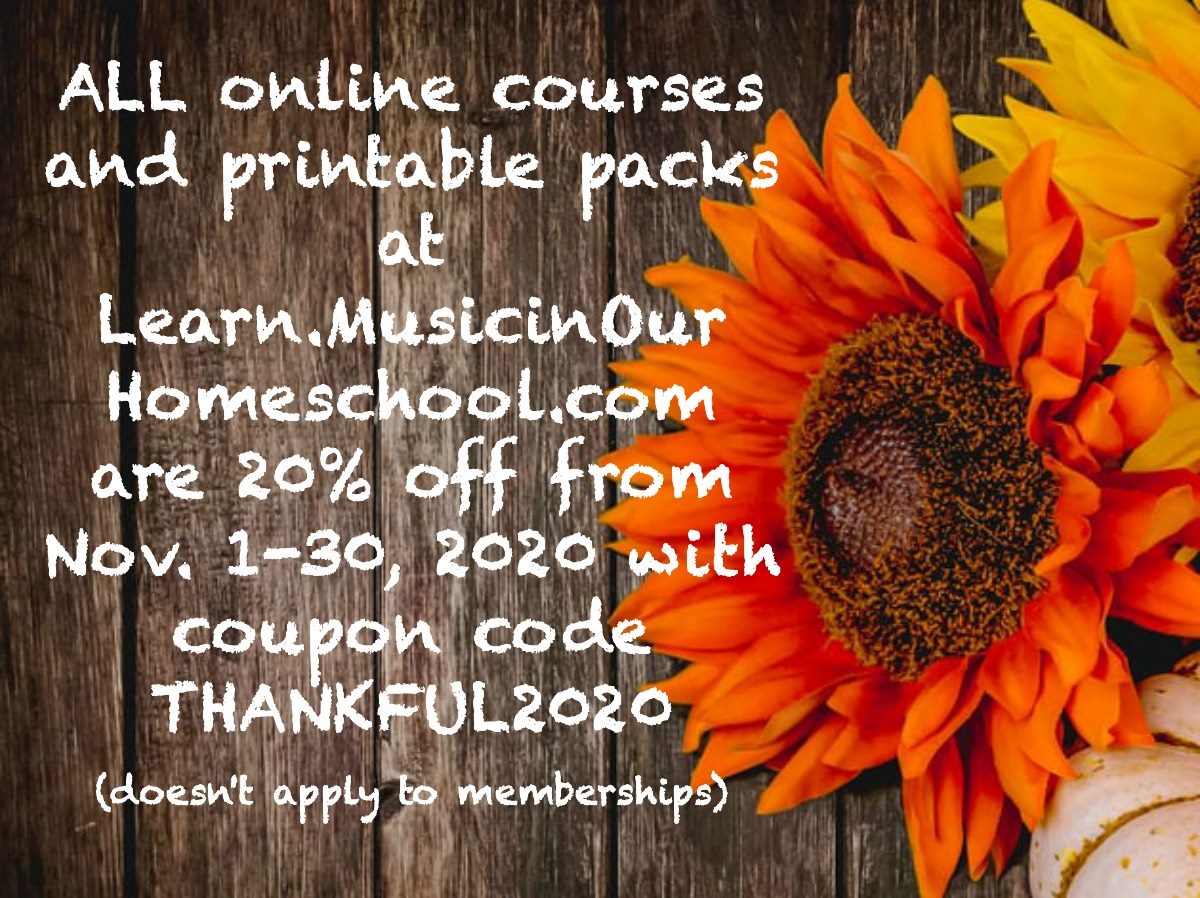
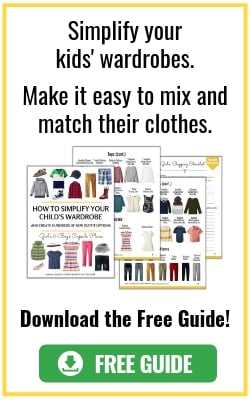


This Post Has 3 Comments
Thank you for this! There’s a second edition of A Walk Through the Prairie. We need Kindle editions as much as possible, as a military family concerned about household goods weight, but I would love to use your affiliate link. Could you post an updated one?
I love reading your recommendations! Thank you!
Absolutely my pleasure, Marla! Thanks for taking the time to say some kind words!